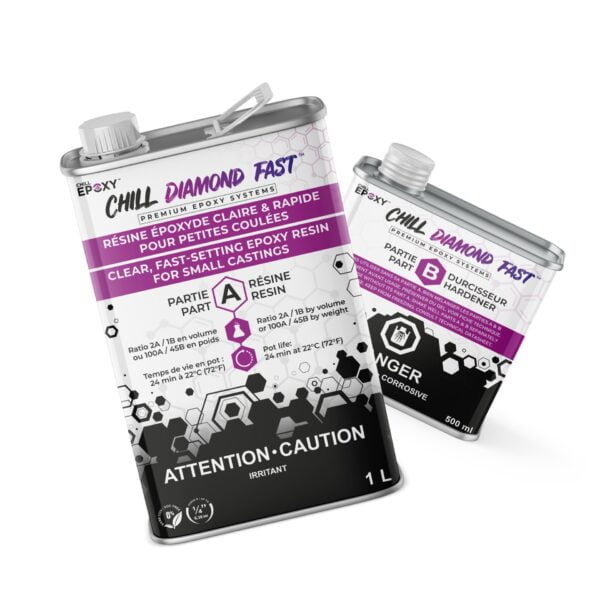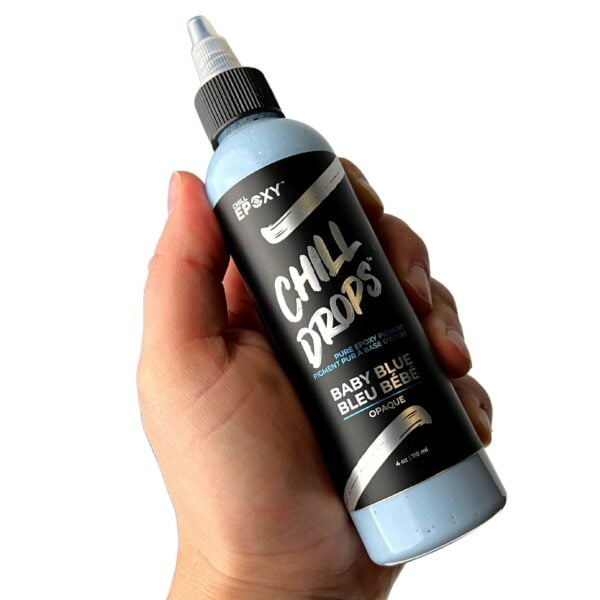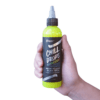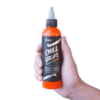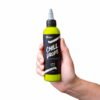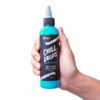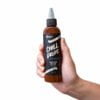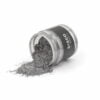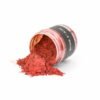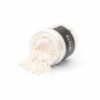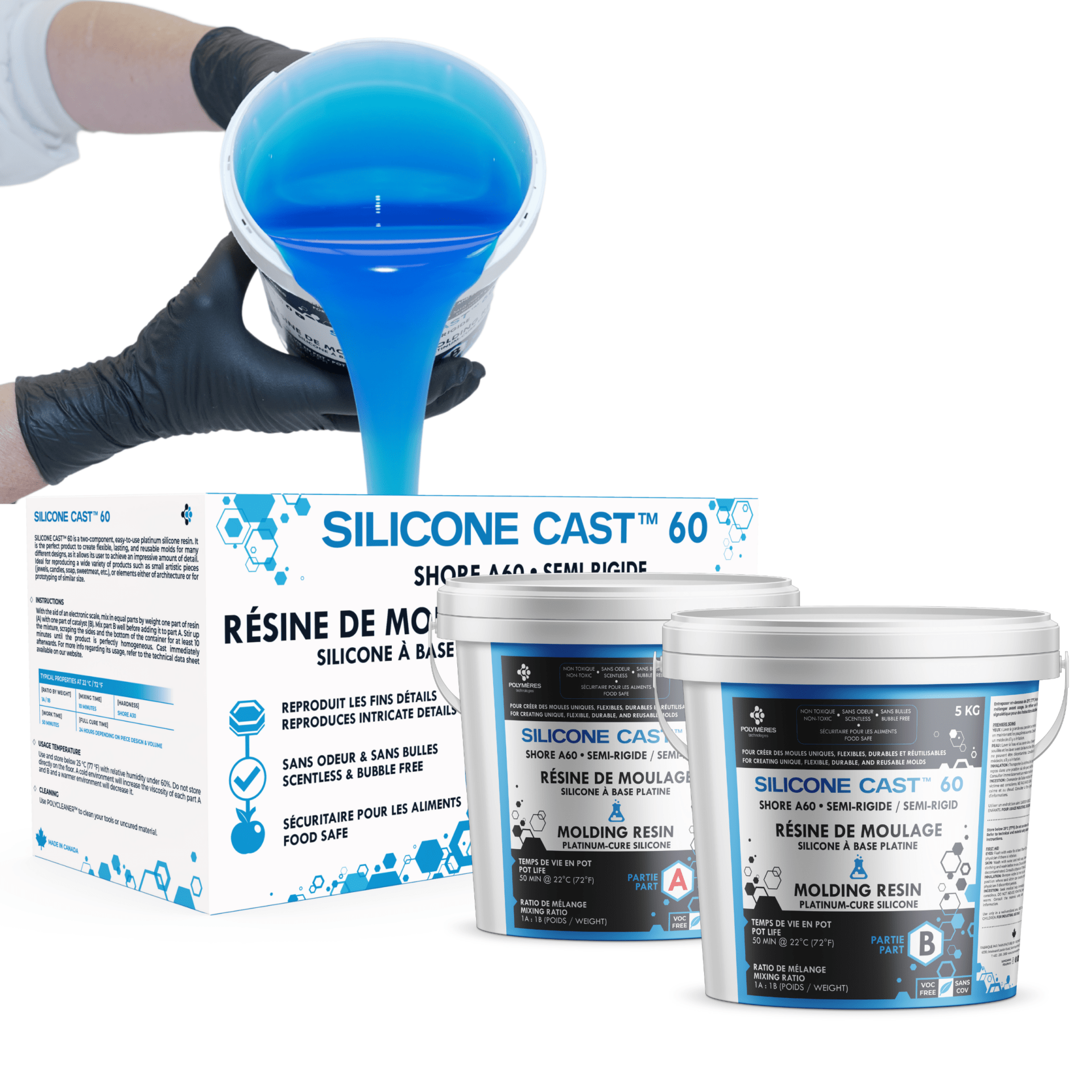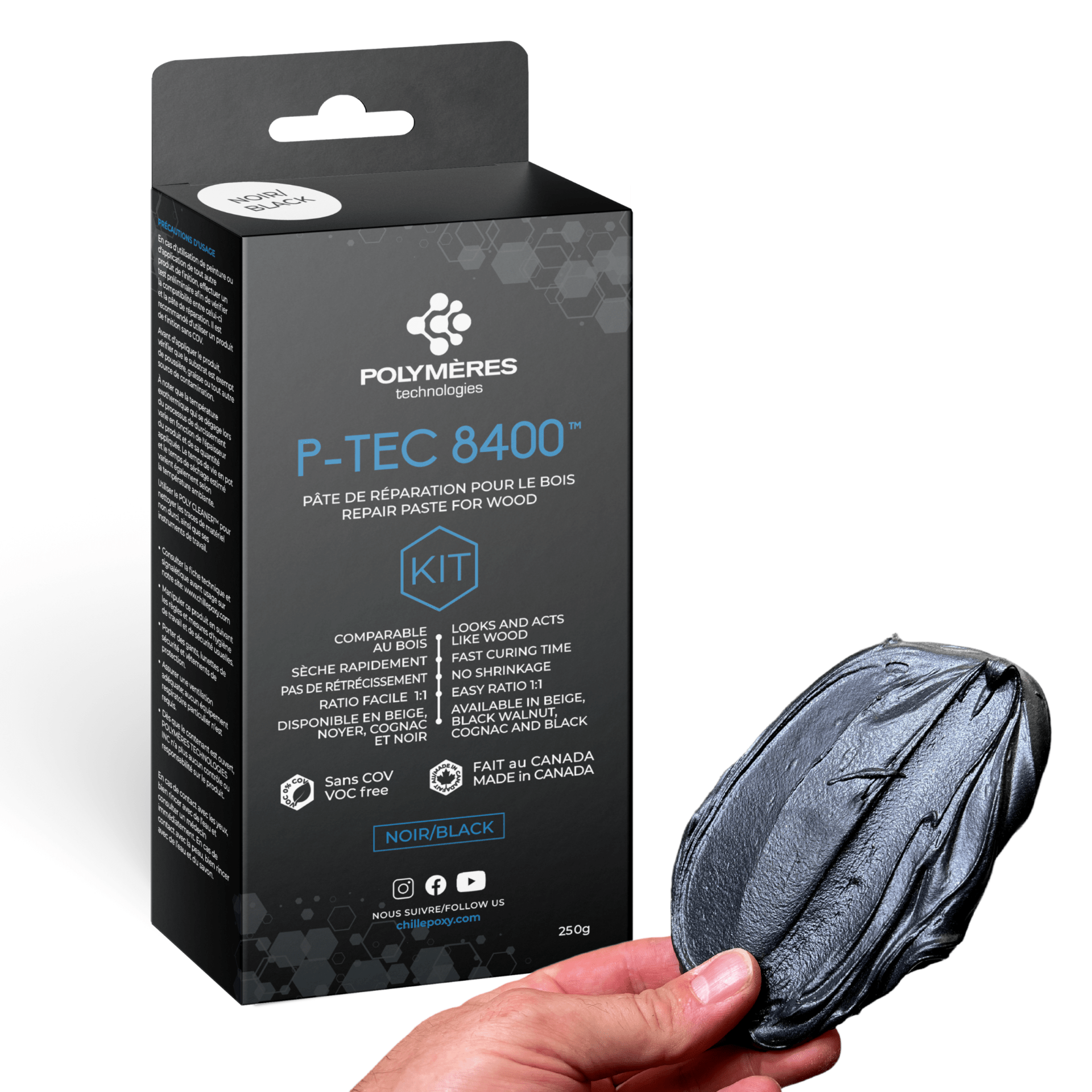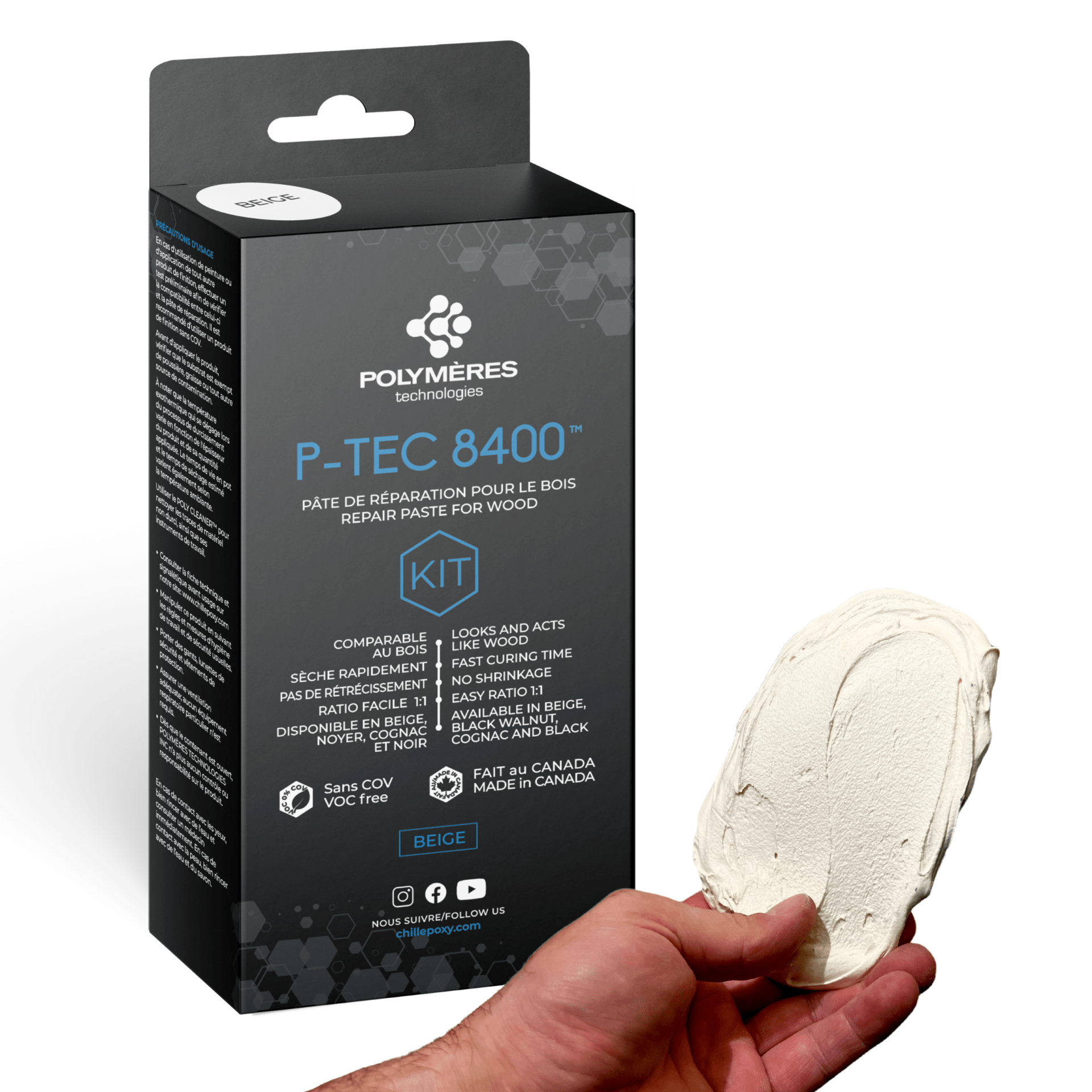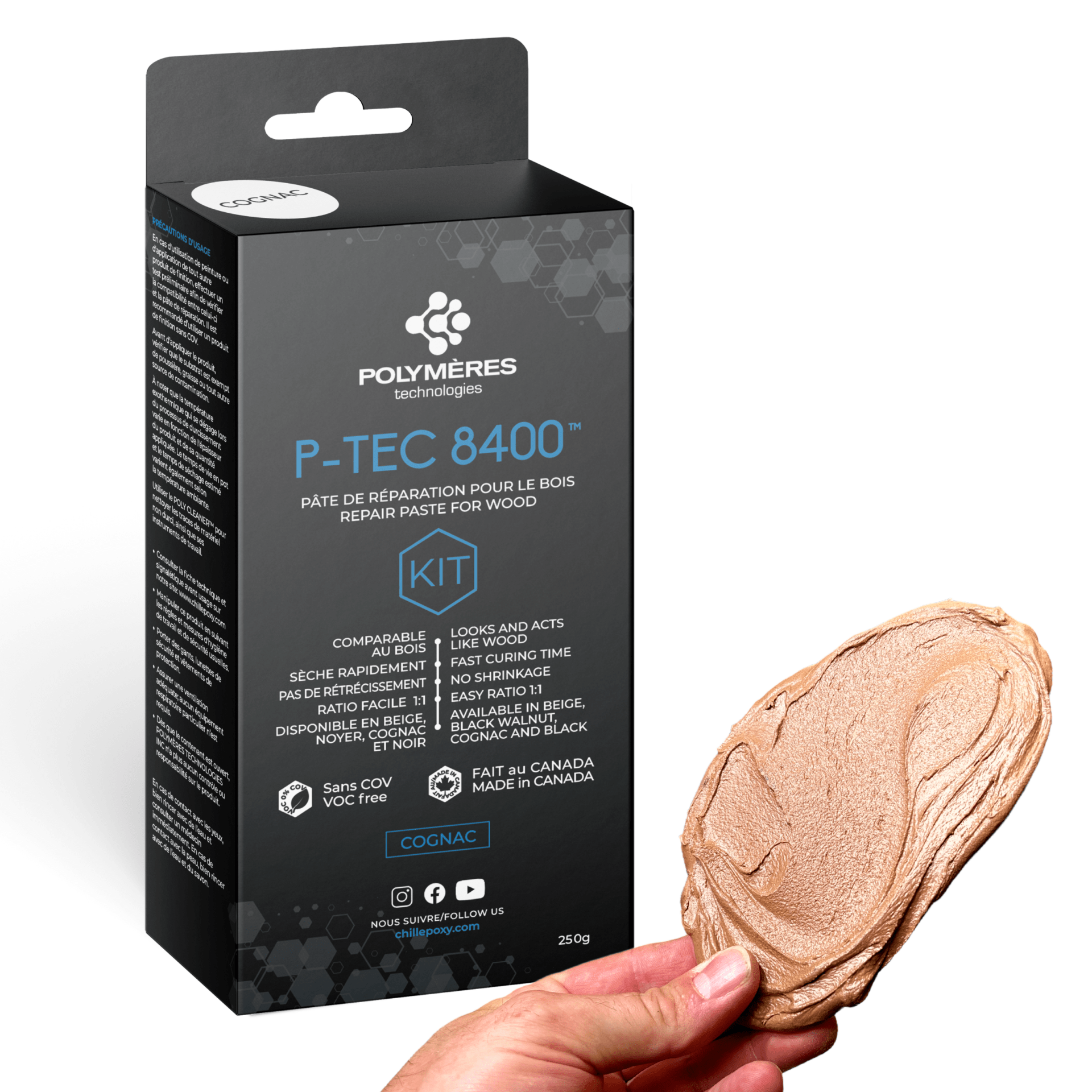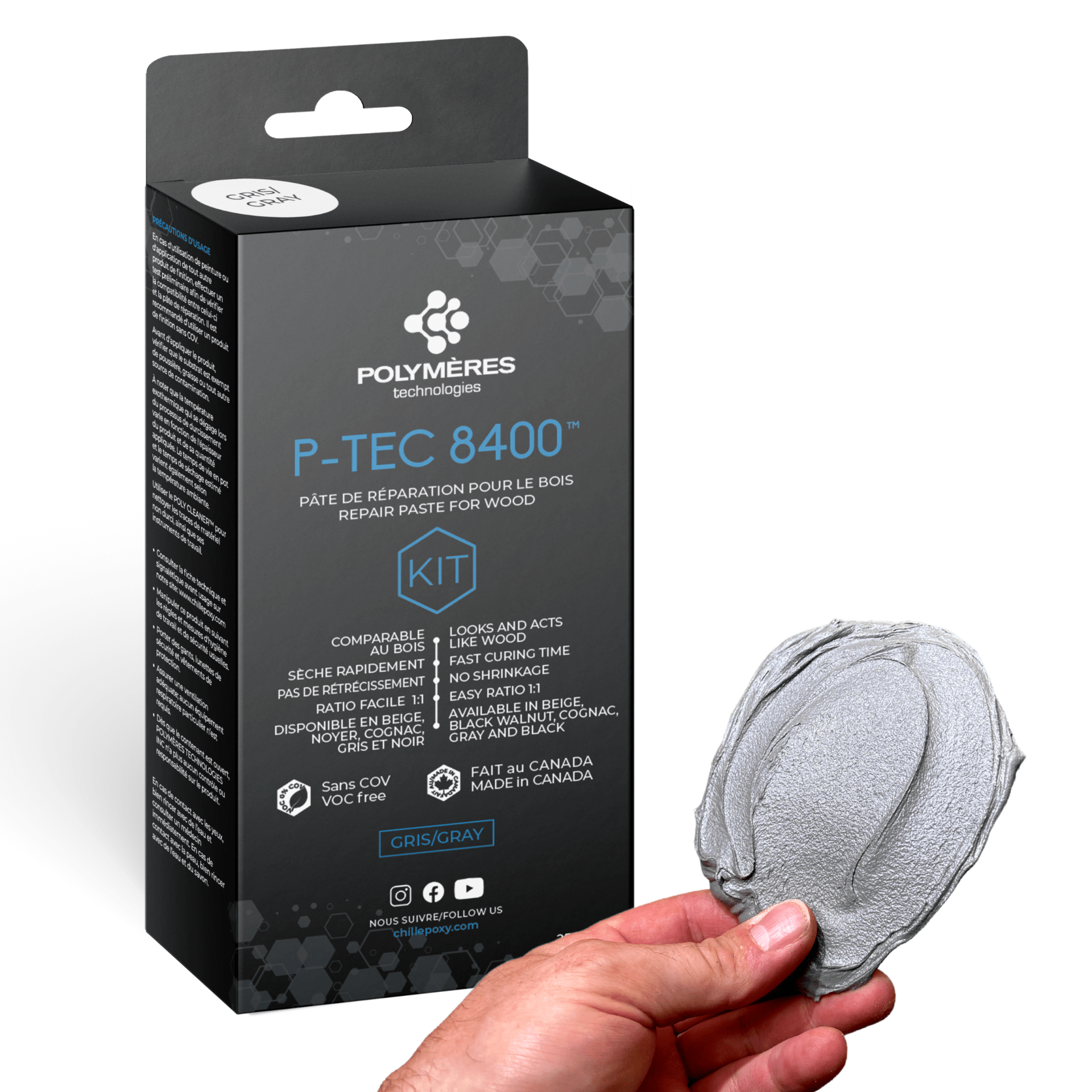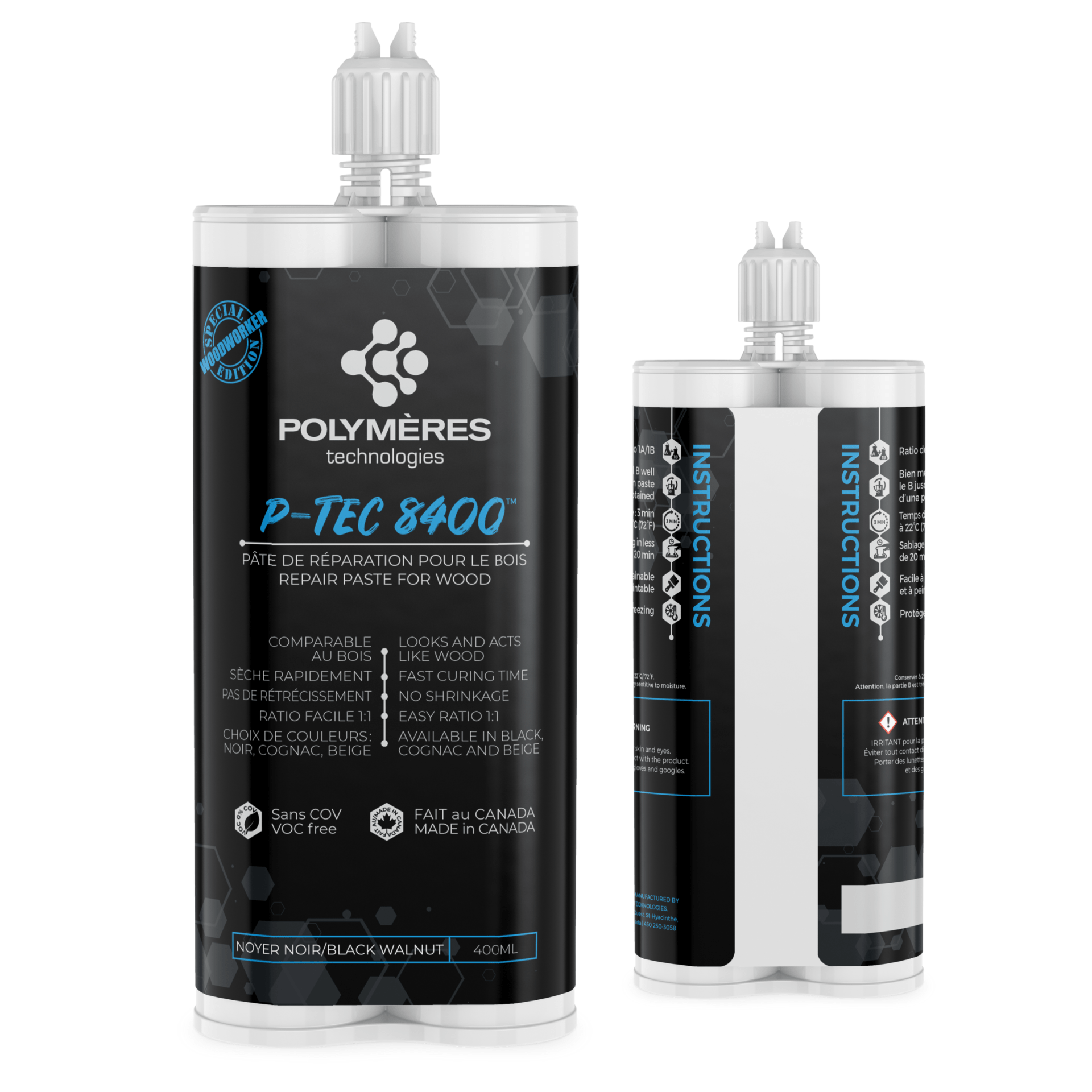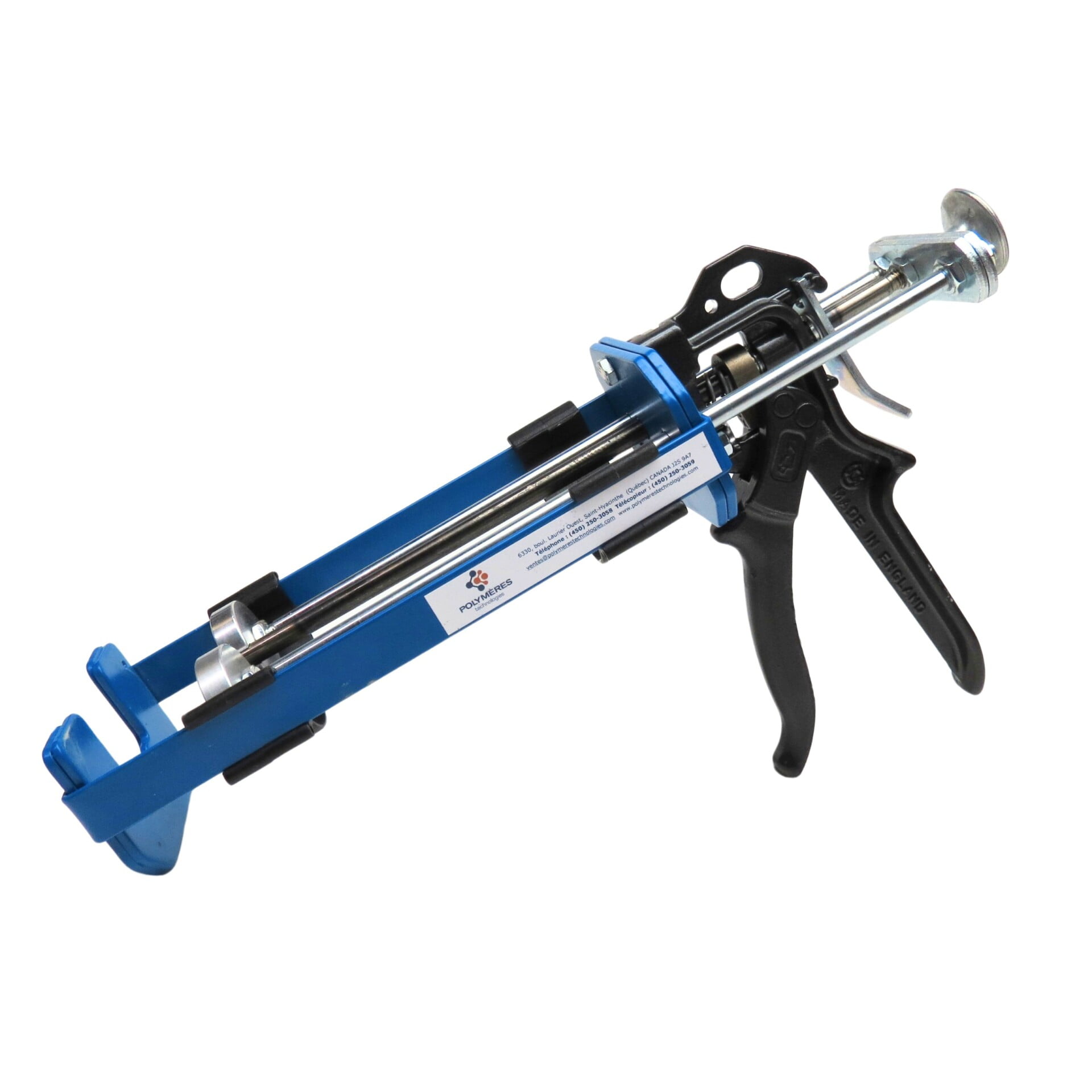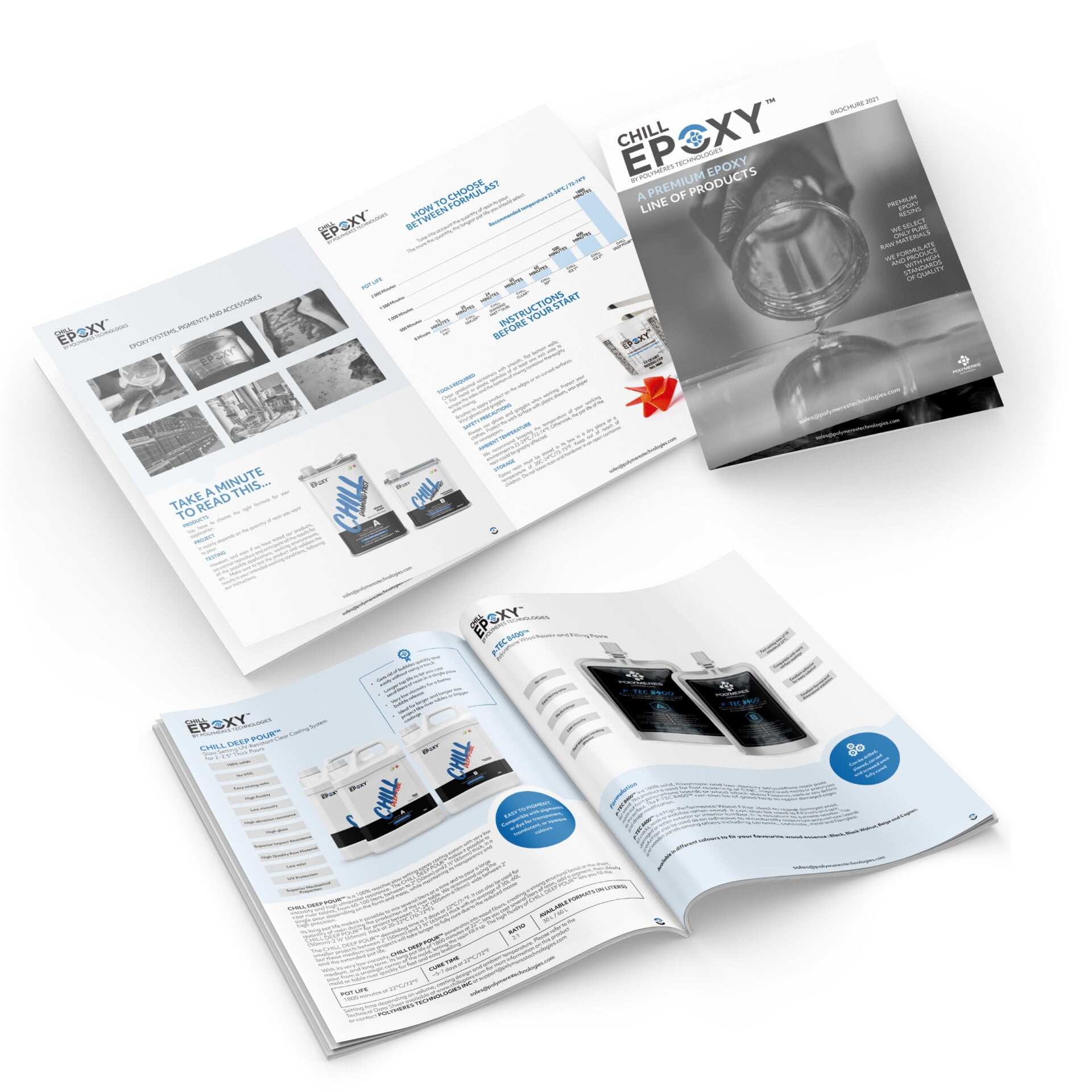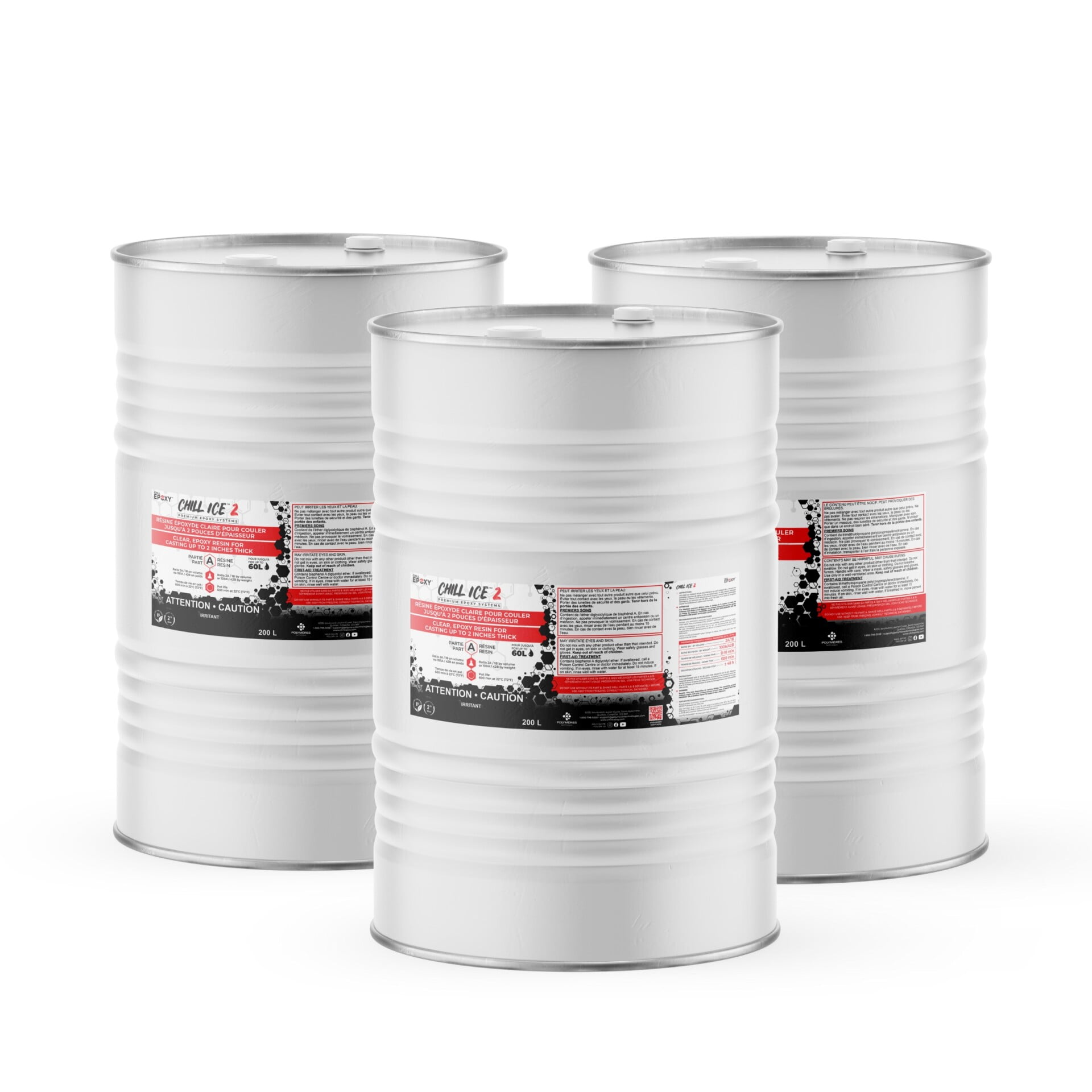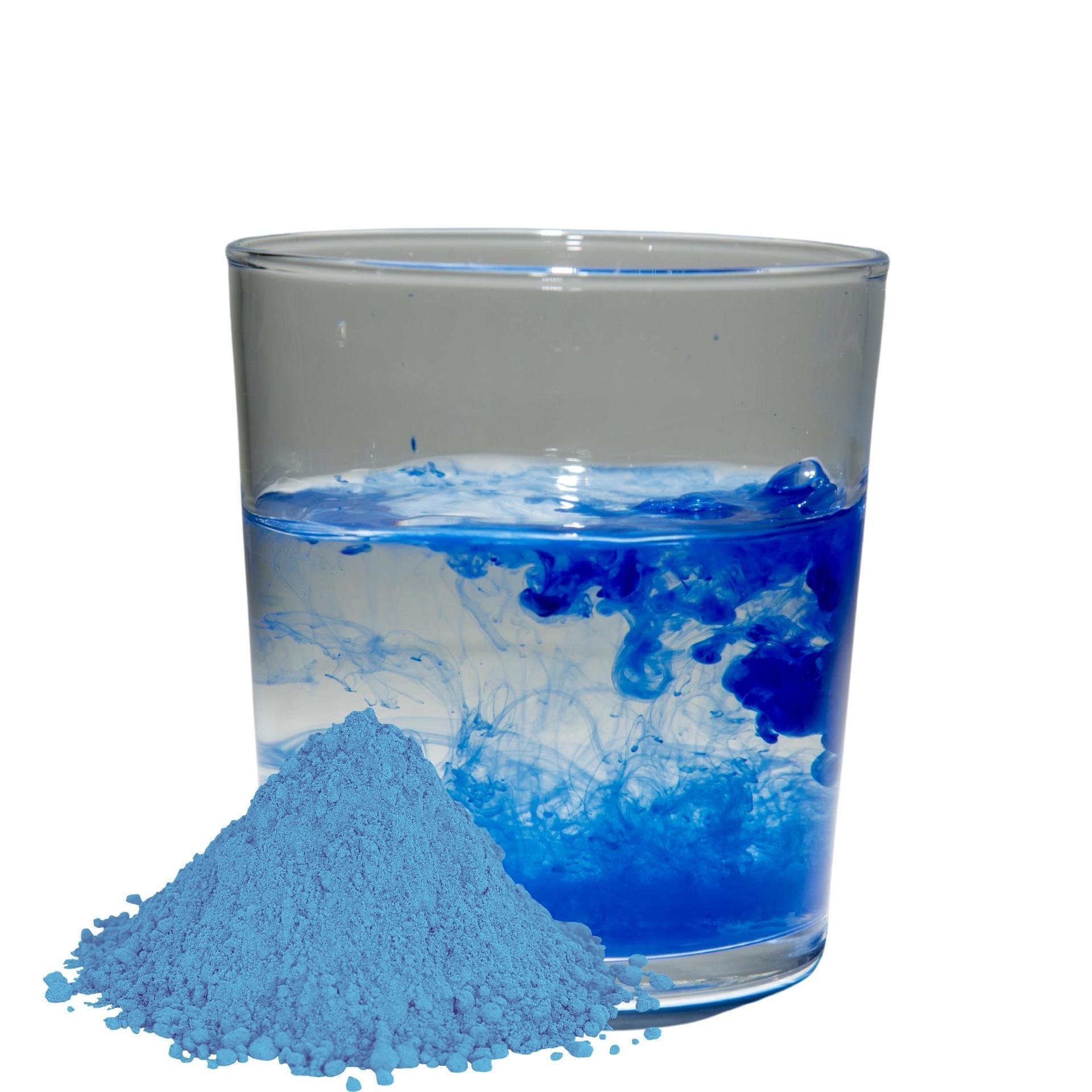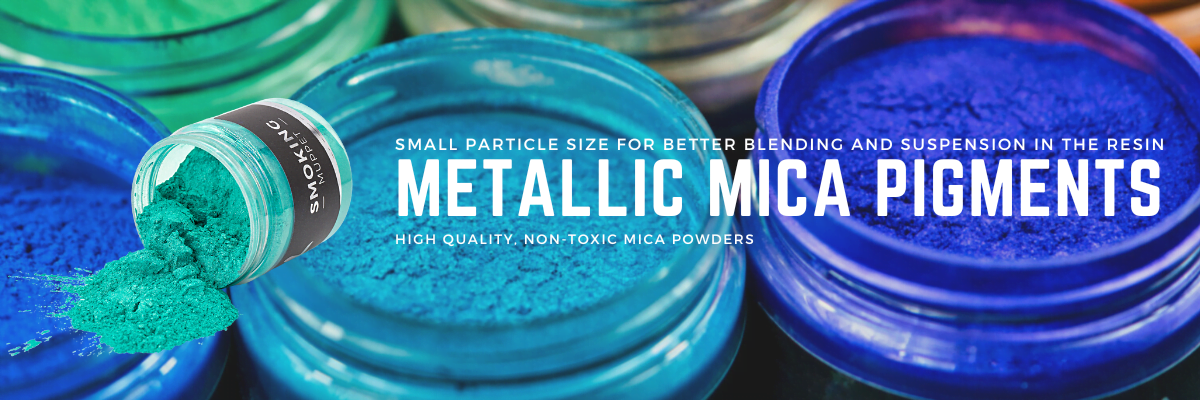Prevent Metallic Pigments from Sinking in Epoxy Resin
Epoxy resin is a popular material used in arts and crafts, woodworking, jewelry making, and various other applications. One of the challenges faced while working with epoxy resin is that the metallic pigments tend to sink to the bottom, ruining the overall look of the project. In this article, we will explore the various methods to prevent metallic pigments from sinking in epoxy resin.
Understanding the Causes of Metallic Pigments Sinking in Epoxy Resin
Metallic pigments are denser than resin, and when they’re added to the mixture, they tend to sink to the bottom due to gravity. This can be frustrating when you’re trying to create a uniform design. To help avoid this issue, here are some steps you can take:
- Density of Pigments and Resin The first and foremost reason for metallic pigments sinking in epoxy resin is due to the difference in density between the two materials. Metallic pigments are usually denser than epoxy resin, which causes them to sink to the bottom.
- Viscosity of the Mixture Another factor that affects the sinking of metallic pigments in epoxy resin is the viscosity of the mixture. If the mixture is too thick, the pigments will sink faster, while a thinner mixture will reduce the sinking effect.
Effective Ways to Prevent Metallic Pigments from Sinking in Epoxy Resin
- Stirring and Mixing Techniques One of the most effective ways to prevent metallic pigments from sinking in epoxy resin is to stir and mix the mixture thoroughly. This helps distribute the pigments evenly throughout the resin, reducing the chances of sinking.
- Use a Thinner Layer of Resin. If you’re using a thicker layer of resin, this will only add more weight to the mixture and make it easier for the pigments to sink. To help reduce sinking, use a thinner layer of resin.
- Using Light-Weight Metallic Pigments Using light-weight metallic pigments, such as mica powder or aluminum powder, instead of heavy metallic pigments can also help prevent sinking. These pigments have a lower density compared to other metallic pigments, reducing the chances of sinking.
When it comes to working with epoxy pigments, there are a few key things to consider in order to achieve the best results. CHILL EPOXY™ systems have been designed with the user in mind, and have been selected to have the lowest possible “MICRONS” in order to have better dispersion in the epoxy. However, working with pigments from different companies can still be difficult, as the mica powder used can have different densities and weights, leading to the pigments sinking to the bottom of the epoxy.
So, what can you do to prevent this from happening? Here are a few key tips and tricks to keep in mind when working with CHILL EPOXY™ pigments:
- Use a thinner layer of resin: Metallic pigments are denser than resin, so using a thinner layer of resin can help to reduce sinking.
- Use a medium viscosity epoxy: Pigments will stay suspended better in medium and high viscosity resin, but if you’re using low viscosity casting epoxy, try using less pigments.
- Mix thoroughly with a metal spatula: This can help to distribute the pigments evenly throughout the resin, reducing the risk of sinking.
- Use less pigments: Adding too much pigment can add unnecessary weight and cause the pigments to sink.
- Experiment with different grades of pigments: Some grades of metallic pigments are denser and more prone to sinking than others, so it’s worth experimenting to find the best fit for your project.
One important factor to keep in mind when working with epoxy pigments is the interaction between the pigments and the epoxy itself. The pot life and curing time of the epoxy, as well as ambient conditions like temperature and viscosity, can all have an impact on the final result.
The Interaction between Pigments and Epoxy
It’s important to take into consideration the interaction between pigments and epoxy when working with these materials. Factors such as pot life, epoxy curing time, and ambient conditions (temperature, viscosity, cure rate) can all have an impact on the suspension of pigments in the resin.
The Importance of Particle Size
When buying pigments, it’s important to take into consideration the size of the particles. The particle size will have a direct impact on the suspension of the particles in the resin. CHILL EPOXY™ pigments have been selected to have a micron level between 10-60 µm to help improve dispersion in our CHILL EPOXY™ systems.
How to Prevent Sinking in Deep Pour Castings
One of the challenges when it comes to deep pour castings is that the system will remain liquid for a longer period of time. Mica powders will therefore have more time to flow, and it’s important to avoid saturating the resin. To help prevent sinking, add a little pigment at a time and build the color. Mixing mica powder immediately after mixing Resin A and Hardener B can also provide great results.
Frequently Asked Questions
Q: Can I add metallic pigments after the epoxy resin has cured? A: No, adding metallic pigments after the epoxy resin has cured will not have the desired effect. The pigments must be added to the mixture before curing to prevent sinking.
Q: Is it possible to salvage a project with sunken metallic pigments? A: It is possible to salvage a project with sunken metallic pigments, but it can be challenging. One method is to sand down the surface of the cured resin and reapply a fresh layer of resin with the metallic pigments.
Conclusion: Preventing metallic pigments from sinking in epoxy resin is essential to achieve a flawless and stunning finish on your projects. By understanding the causes of sinking, using effective stirring and mixing techniques, adding floating agents, or using light-weight metallic pigments, you can prevent metallic pigments from sinking in epoxy resin. Whether you’re a beginner or an experienced resin artist
How do you stop epoxy pigments from sinking. If the epoxy feels saturated with pigments most of them will tend to sink at the bottom. Only 2-3% of the mass is actually required to color the epoxy.
When most pigments on the market are very heavy, we have selected our CHILL PIGMENTS to be the lowest ” MICRONS” possible to have better dispersion in our CHILL EPOXY™ systems. Working with pigments from different companies can be difficult. The mica powder being of different weight can eventually sink to the bottom of the epoxy. In order to avoid this phenomenon, there are different techniques. All brands of mica powder are different, with different densities and for different applications.
There are a few things you can try to prevent metallic pigments from sinking in epoxy resin:
- Use a thinner layer of resin – Metallic pigments are denser than resin, so using a thinner layer of resin can help to reduce sinking.
- Use a medium viscosity epoxy – the pigments will also stay suspended better in medium and high viscosity resin. When using low viscosity casting epoxy, use less pigments.
- Use a metal spatula to mix the resin and pigments thoroughly – This can help to distribute the pigments evenly throughout the resin, which can help to reduce sinking.
- Use less pigments. Adding to much pigment only add weight. Once the resin is saturated, the addition of pigments will only add extra weight and make a certain amount sink down.
- Experiment with different grades of metallic pigments – Some grades of metallic pigments are denser and more prone to sinking than others. Experimenting with different grades may help you find one that works better for your application.
One important factor to keep in mind when working with epoxy pigments is the interaction between the pigments and the epoxy itself. The pot life and curing time of the epoxy, as well as ambient conditions like temperature and viscosity, can all have an impact on the final result.
It’s also important to consider the size of the pigment particles, as this will directly impact the suspension of the particles in the resin. CHILL EPOXY™ pigments have been selected to have a micron level between 10-60 µm, so be mindful of this when selecting pigments from other companies.
Finally, it’s important to note that deep pour castings can present a unique set of challenges. With the system staying liquid for longer, the mica powders will have more time to flow, so it’s important to avoid saturating the resin and to build color gradually. Mixing the resin and hardener for the recommended time, adding the pigments, and then mixing for an additional 2-3 minutes can help to achieve great results.



 Français
Français